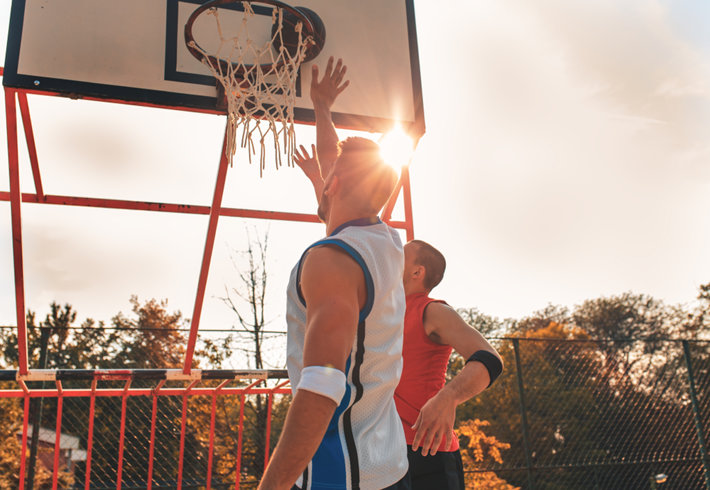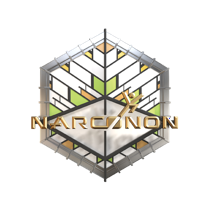Eating and Exercising for Recovery: Daily Rituals for Furthering One's Path through Sobriety

When a person is recovering from drug and alcohol addiction, their primary incentive is to heal, to grow, to flourish and prosper, to improve themselves and others, all while avoiding the risk of relapse.
One does not magically cure themselves by going to a rehab center for addiction, though a treatment program certainly does work wonders for people. Rather, going to rehab is sort of like taking the first step towards a better life. It’s a big step, that’s for sure, but it’s still just the first step.
What follows once one has completed treatment at a rehab center is what will truly make or break a person’s sobriety. How the person composes themselves and how they manage their life outside of rehab is extremely important. So important, in fact, that the person’s daily habits like their diet and their levels of exercise can have a strong impact on whether or not they maintain a stable, sober life.
Remember you, hopefully, will spend a lot more of your life out of rehab rather than in rehab or another controlled treatment internment.
Bad Habits Beget Bad Habits
Once someone has completed a treatment program, they need to give some care towards what types of daily habits and rituals they are going to take on. They need to take care not to adopt any bad habits, as bad habits beget bad habits.
The food that people put in their bodies, for example, will either help or hinder their recovery. We live in a society where processed foods, foods high in sugars, fats, MSG, and other chemical additives are the mainstay of grocery stores. Eating processed foods is not only bad for one’s health, but it can be addictive to do so as well.
According to Healthline, up to twenty percent of people may be suffering from either full-on food addiction or addictive eating behaviors. The Healthline article talks about the topmost addictive foods, listing foods like pizza, chocolate, cookies, ice cream, chips, french fries, cheeseburgers, soda, cake, cheese, bacon, fried chicken, rolls, popcorn, breakfast cereal, gummy candy, steak, and muffins as being the most addictive foods consumed today.
And what do all of those foods have in common? They’re highly processed (usually), and they contain high levels of either fat or sugar or a combination of the two.
Bad habits beget bad habits, so when a recovering addict takes on bad eating habits, what comes next? Bad sleeping habits? Staying up too late watching TV and snacking on bad food? Dropping out exercise regimens? Where does this path take someone who’s in recovery? It takes them dangerously close to a relapse.
A Diet That Is Conducive to Recovery

Everyone should follow a proper and healthy diet. This is not just for people who are in recovery. But people who are in recovery absolutely should follow a proper and healthy diet plan.
An article in U.S. News explores the primary foods that people in recovery should have in their meal plan. U.S. News contributor, Anna Ciulla, LMHC talks about very specific foods that are the most beneficial to someone who is coming down off of drugs and alcohol and who wants to stay off of drugs and alcohol. She talks about food groups such as:
- Foods rich in tyrosine amino acids. Tyrosine is the precursor to the natural “feel good” neurotransmitter dopamine. When an individual is going through the first stages of recovery, their dopamine levels are going to be particularly low, as they had been relying on drugs and alcohol to boost their dopamine levels. With no drugs or alcohol in their system, dopamine drops. Tyrosine is one way to get dopamine levels back up again. This helpful amino acid can be found in bananas, pork, lamb, lean beef, whole grains, and cheese.
- Foods rich in L-glutamine. L-glutamine is another amino acid, this one with antioxidant properties. L-glutamine helps reduce sugar cravings, cravings which can be common in early recovery. Sugar consumption should be kept to a minimum, as sugar has been directly linked to anxiety, inflammation, depression, fatigue, etc., according to Natural News. Foods rich in L-glutamine are beets, Brussels sprouts, carrots, beans, celery, papaya, chicken, fish, dairy, and beef.
- Foods rich in antioxidants. Antioxidants help to rebuild the immune system while also serving as a booster to the body’s natural detoxification process. Foods rich in antioxidants are strawberries, onions, pecans, blueberries, artichokes, and leeks.
- Foods which boost GABA levels. The GABA neurotransmitter is heavily influenced during drug use, and it takes some time for this area to return to a healthy normal following the cessation of drug use. GABA is responsible for promoting calm and relaxation, which can serve to fight against the anxiety, restlessness, and insomnia which often occur in congruence with the early stages of recovery. Foods which boost GABA levels are kefir, cherry tomatoes, shrimp, etc.
- Foods rich in tryptophan. Tryptophan helps boost serotonin levels, serotonin being another essential neurotransmitter which produces happy, positive moods. Tryptophan is found in turkey, lamb, cheese, tuna fish, oat bran, beans, and lentils.
All of the above food groups and the essential nutrients that they contain are beneficial for all of us, but those of us in recovery need them even more so. Building a meal plan around whole foods which promote a healthy body and mind is key to a successful recovery.
Exercise – Boosting the Body’s Systems Through a Natural High

Exercise is another crucial part of a successful recovery. Daily exercise is incredibly beneficial to the body. Exercise encourages blood flow, boosts respiratory and cardiovascular function, and releases endorphins. An endorphin release is sort of like a natural high, endorphins being a naturally-released chemical which reduces pain and which causes gentle feelings of euphoria.
Very Well Mind did an article on exercise as not only a tool to be utilized while addicts are in treatment but as a tool for people post-rehab as well. The article talks about how exercise acts to repeatedly reduce stress, anxiety, depression, etc. The article touches on how people who engage in exercise have lower urges to drink alcohol or to do drugs. So not only is exercise beneficial and supportive of good health in general, but it is also a great tool for those in recovery.
You Are the Best Version of You When You Take Care of Yourself
Building a stable and lasting recovery is all about striving to create a better version of yourself, each day, continuously. The more you grow and change for the better, the more you can rely on yourself to make good decisions which are conducive to a better life, not a harmful one.
When you make daily efforts in advancing your physical, mental, and spiritual health, you add padding to the armor that protects you from the threats and risks of anxiety, depression, poor self-confidence, failure, and potential relapse. Creating and maintaining a healthy diet and exercise plan is not the only part of building stability in recovery—but it certainly is a big part of it.
Sources:
- https://www.healthline.com/nutrition/18-most-addictive-foods#section2
- https://health.usnews.com/health-care/for-better/articles/2018-12-03/foods-that-are-good-for-addiction-recovery
- https://www.naturalnews.com/2018-09-15-how-sugar-increases-your-risk-for-depression-and-anxiety.html
Reviewed and Edited by Claire Pinelli, ICAADC, CCS, LADC, RAS, MCAP


